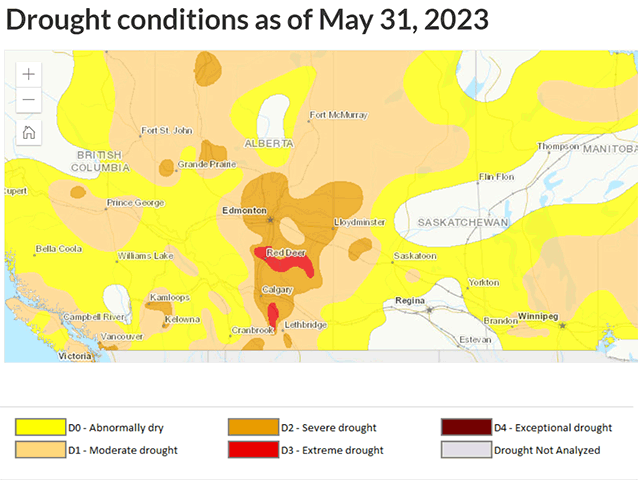
An active pattern left much of Alberta without much rainfall during the month of May. It was a mixed bag for other areas of the Canadian Prairies.

An active pattern left much of Alberta without much rainfall during the month of May. It was a mixed bag for other areas of the Canadian Prairies.
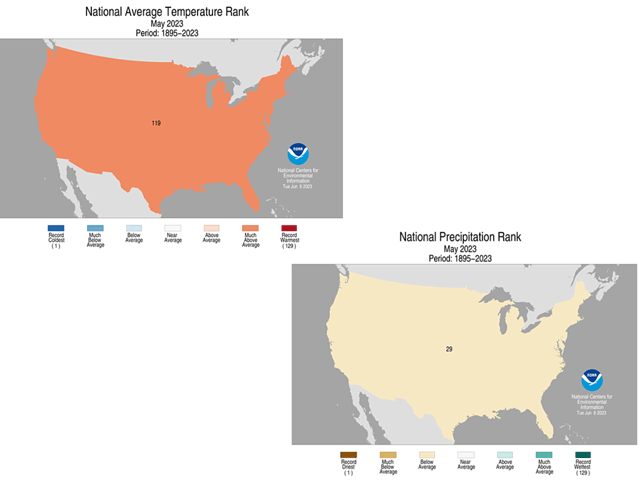
The top corn production states were warmer and drier in May 2023 than in previous record-yield years.
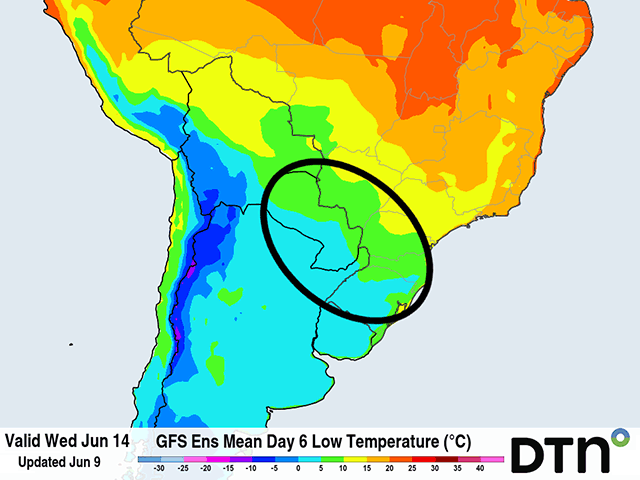
Late-planted safrinha corn in south-central Brazil is still in the pollination and fill stages of growth, which make it vulnerable to frost damage, and significantly in some areas. A cold front that moves into the country this weekend will bring some very cold weather with it, which...
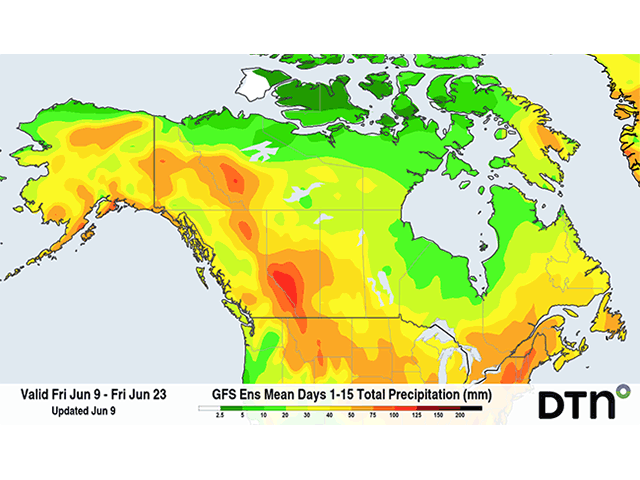
After a couple of weeks of generally hot weather and spotty rain showers and thunderstorms, the region will become more active with fronts and systems moving through.
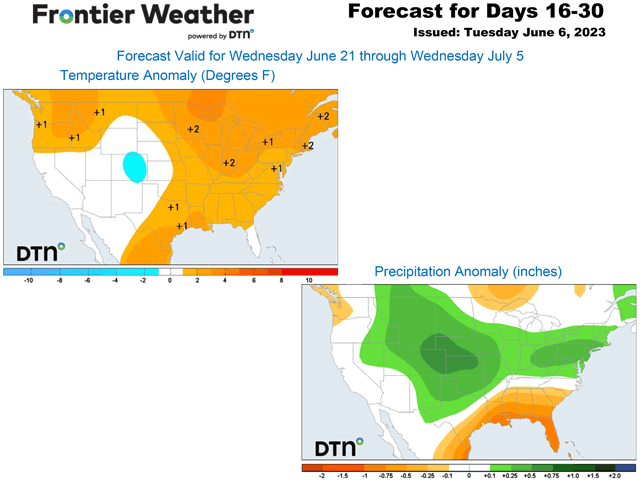
Areas of dryness and drought are concerning across the middle of the country, but a change in the weather pattern will bring more widespread showers. Will they be enough to stave off the building dryness?
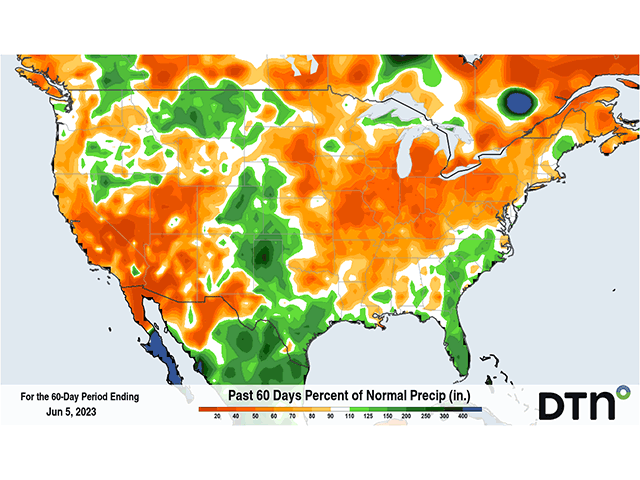
A lack of widespread, good rainfall during the last two months has led to widespread decreases in soil moisture and increases in drought coverage and intensity. Concerns over flash drought and its effect on young crops continues to grow.
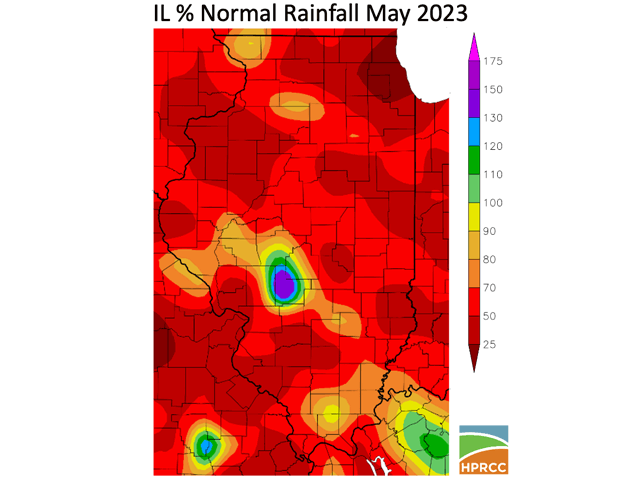
Statewide average rainfall in Illinois was more than one-third below normal in both April and May.
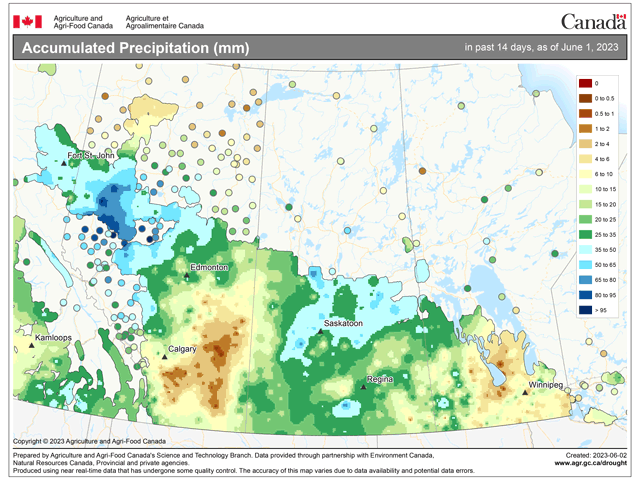
An active pattern during the last two weeks has led to some good rainfall for large areas of the Prairies, though some have missed out. The upper-level pattern may be changing, but showers and thunderstorms will continue in the region through next week.
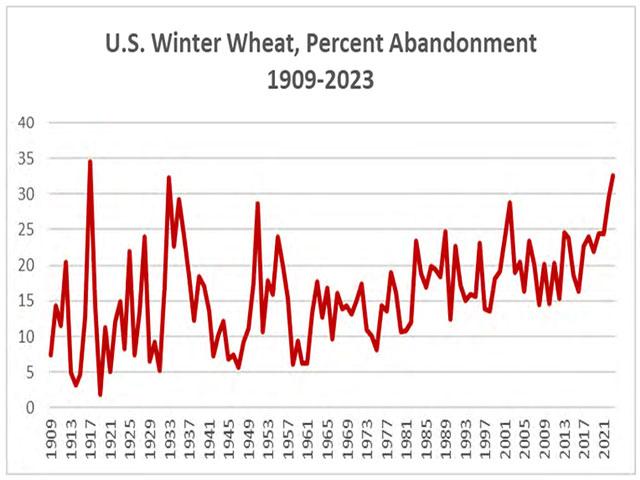
Drought impact could mean almost one-third of U.S. winter wheat acreage gets abandoned in 2023.
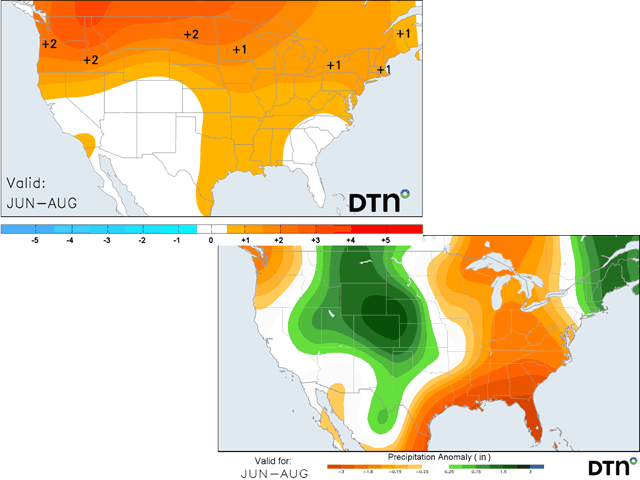
Haves and have-nots will define the summer pattern for precipitation, but history suggests that most places end up with near-normal amounts. Temperatures end up being quite variable but with limited heatwaves outside of the Pacific Northwest, which is the area most likely to...
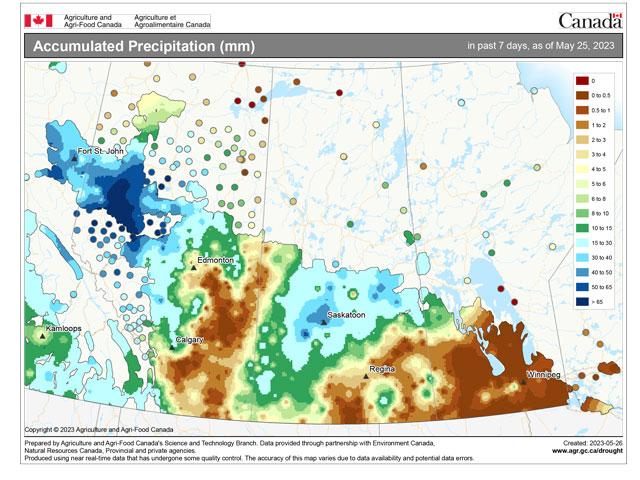
While heavy rain fell in some areas of the Prairies, others were left without a drop. The rain helped some wildfires, but there are still more fires this year than in the last five years to date in Alberta and Saskatchewan. Here's a look at the rain and temperatures for the week...
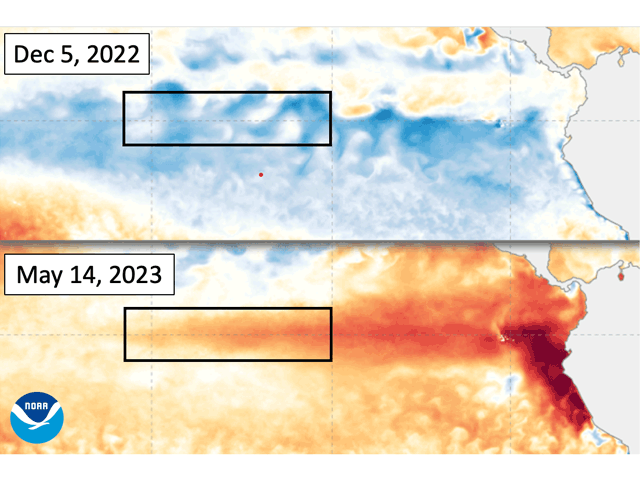
Experts point to greater expense in time and money to recover from El Nino-related storms than previously thought, with countries south of the equator the hardest hit.
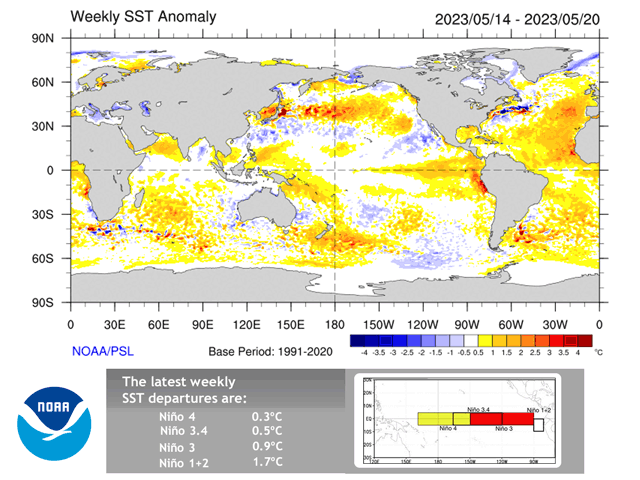
Sea-surface temperatures in the tropical Pacific Ocean are on the verge of El Nino classification. Are we headed toward a strong or even Super El Nino this year?
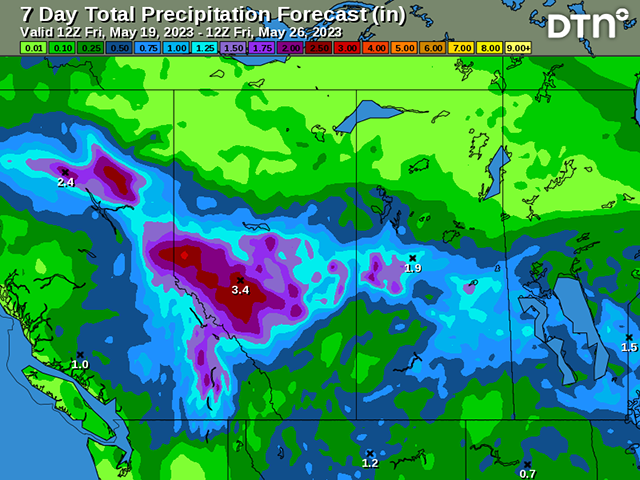
Dryness has been a concern, with wildfires and drought affecting the Canadian Prairies. More rainfall is needed, even if it does delay seeding. Mother Nature may have a partial remedy next week.
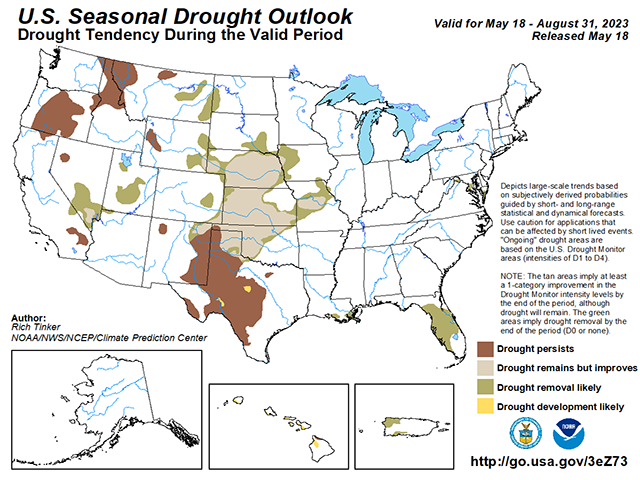
After heavy rain in late April and May, the Climate Prediction Center is focused on continued improvement in drought areas across most of the Plains. There are some caveats to this forecast, however.
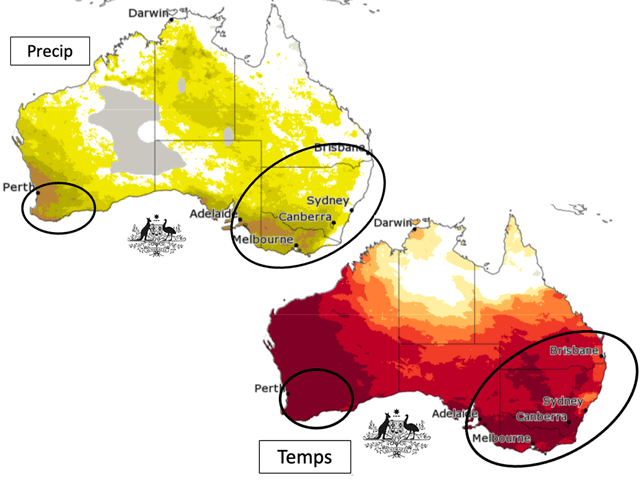
El Nino now forming in the Pacific Ocean may bring drought to Australia and reduce that country's wheat production.
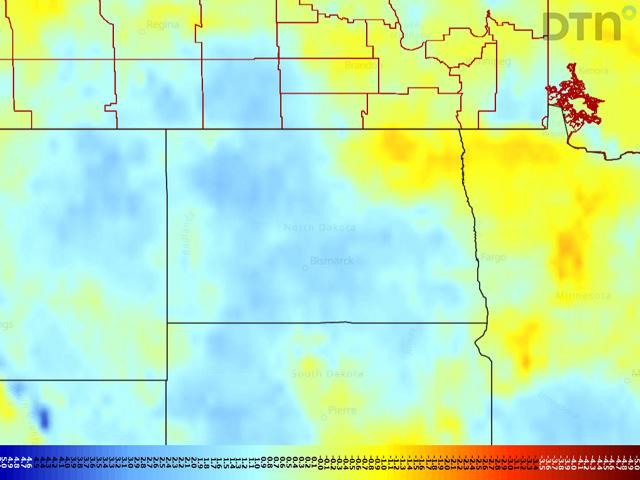
Conditions in North Dakota this spring have been rough with heavy snow and lingering cold that have made it difficult to get out into the field. Like a year ago, planting pace is very slow, but there is optimism that planting will not be as delayed as 2022
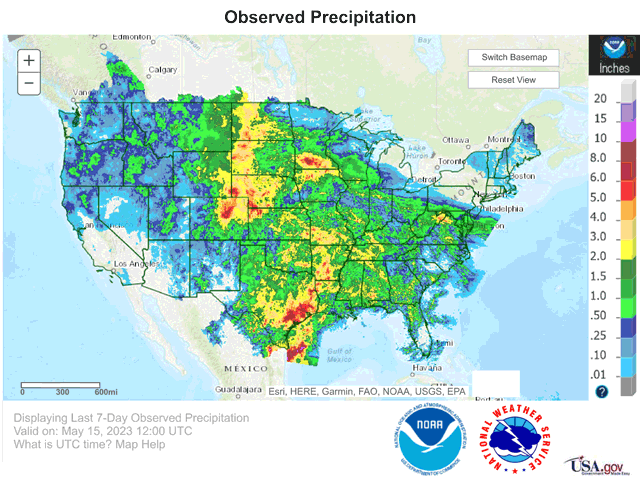
Near-perfect conditions arose to produce more than a week's worth of widespread heavy rainfall over the middle of the country. Some areas of the Plains that have been in drought for a long time got some much-needed rainfall. But some others missed out.
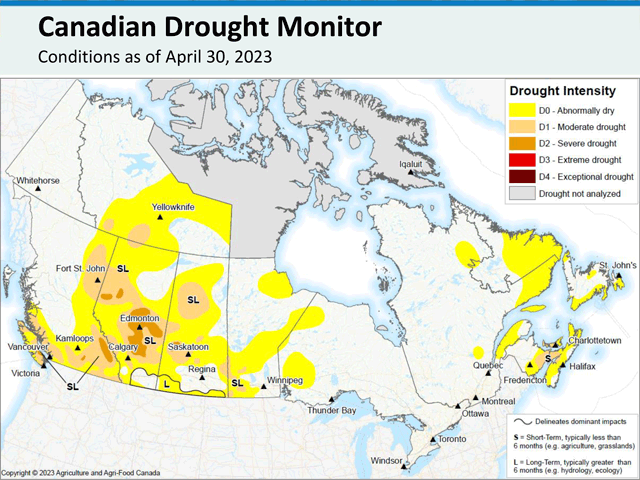
The total agricultural land in the Canadian Prairies in some form of drought sits at 78% for the end of April, compared to 83% last month, only a slight improvement. What weather is expected and will it help?

Snowmelt water has allowed Colorado River reservoirs to fill well above the very low levels seen in 2022.
DIM[2x3] LBL[blogs-ag-weather-forum-list] SEL[[data-native-ad-target=articleList]] IDX[2] TMPL[news] T[]
DIM[2x3] LBL[blogs-ag-weather-forum-list-2] SEL[[data-native-ad-target=articleList]] IDX[5] TMPL[news] T[]